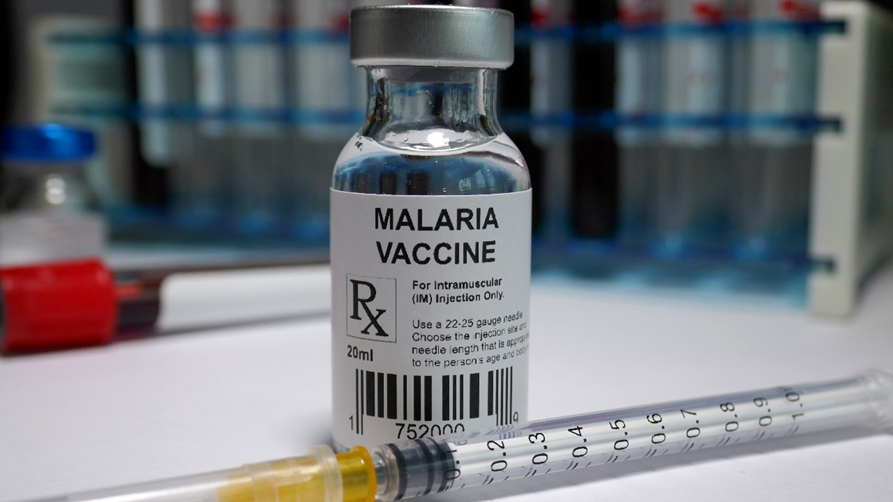Free Courses Sale ends Soon, Get It Now


Free Courses Sale ends Soon, Get It Now



Copyright infringement not intended
Context: The Trans-Tasman research collaboration between Te Herenga Waka—Victoria University of Wellington’s Ferrier Research Institute in New Zealand, the Malaghan Institute of Medical Research in New Zealand, and the Peter Doherty Institute for Infection and Immunity in Australia has made a significant breakthrough in developing an mRNA-based vaccine against the malaria-causing parasite Plasmodium.
Details
Features of the mRNA-based Malaria Vaccine:
mRNA Technology
Whole Malaria Protein
Resident Memory Cells
Adjuvant Enhancement
Significance for global health
Challenges that need to be addressed
Way Forward for the mRNA-based malaria vaccine
Conclusion
Must Read Articles:
MALARIA VACCINE: https://www.iasgyan.in/daily-current-affairs/malaria-vaccine
Malaria: https://www.iasgyan.in/daily-current-affairs/malaria-42
|
PRACTICE QUESTION Q. Which of the following is true about RNA? 1. RNA stands for Ribonucleic Acid and contains deoxyribose sugar. 2. RNA is double-stranded and forms a double-helix structure like DNA. 3. RNA uses thymine as one of its bases. 4. RNA is involved in protein synthesis and gene regulation. How many of the above statements is/are correct? A) Only 1 B) Only 2 C) Only 3 D) All Answer: A Explanation: RNA is a type of nucleic acid that plays a vital role in many biological processes. RNA stands for Ribonucleic Acid and contains a ribose sugar, which is different from the deoxyribose sugar found in DNA. RNA is usually single-stranded, unlike DNA which is double-stranded and forms a double-helix structure. RNA also uses uracil as one of its bases, instead of thymine which is used by DNA. RNA is involved in protein synthesis and gene regulation, as it can carry genetic information from DNA to the ribosomes, where proteins are made or act as regulators of gene expression. The above paragraph explains some of the basic features of RNA. Based on this information, we can evaluate the statements given in the question and determine which of them are true or false. The statements are: 1. RNA stands for Ribonucleic Acid and contains deoxyribose sugar. (False) 2. RNA is double-stranded and forms a double-helix structure like DNA. (False) 3. RNA uses thymine as one of its bases. (False) 4. RNA is involved in protein synthesis and gene regulation. (True) Therefore, only one of the statements is correct, which is statement 4. |
© 2024 iasgyan. All right reserved